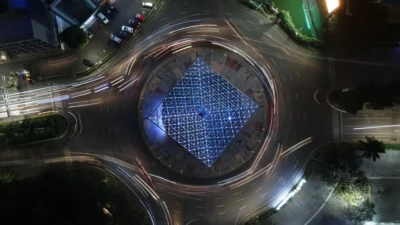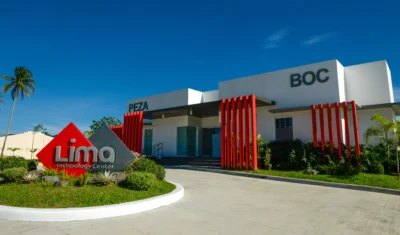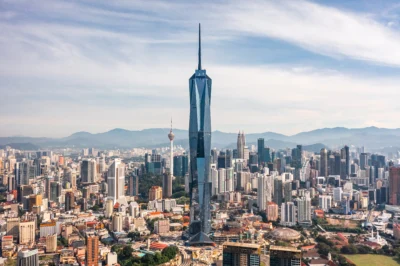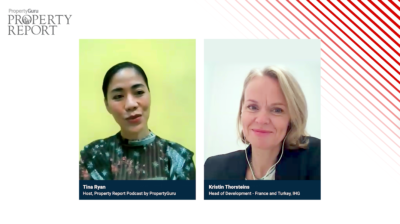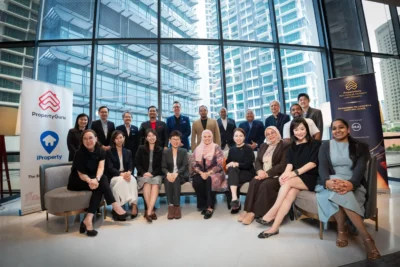Islamic-style affordable homes to rise in this Malaysian state

Housing projects designed according to Islamic concepts will be developed soon in the Malaysian state of Perak.
The Perak Islamic Economy Development Corporation will be building affordable homes on wakaf plots owned by the State Islamic Religious and Malay Custom Council (Maipk), Bernama reported.
Such units will meet shariah requirements and other design considerations in accordance with Islamic beliefs. Each house on wakaf land will cost no more than MYR250,000 (USD61,375).
Authorities also hope the project will bring more awareness to wakaf or endowment, the practice of donating a building, plot of land, or another asset for religious or charitable purposes.
“For each piece of wakaf land to be developed, we will be applying the Islamic concept in the interior design such as separate toilets and bathrooms to ensure sanctity and cleanliness,” Abd Rahman Abdullah Thani, the corporation’s chief executive officer, said during a news conference yesterday.
In accordance with Islamic beliefs, the toilets will be positioned in a way that they will not face the kibla or the direction of the Kaaba in Mecca, he said at the event mounting groundbreaking rites for a terrace house project in Taiping.
Proposed sites for the mooted homes include Kampar, Alor Pongsu, and Chemor. Development is slated to transpire between 2020 and 2021.
Recommended
6 reasons Bekasi is rising as Greater Jakarta’s next hotspot
One of Greater Jakarta’s rising stars is prospering, thanks to ample recreation and a contingent of desirable housing projects
6 developments driving Asia’s green real estate shift
Developers are being incentivised to push a green agenda into daring new realms
The Philippines’ LIMA Estate drives sustainable industrial growth
LIMA Estate models a citywide vision that uplifts workers while appealing to climate-conscious employers
Malaysia property market rebounds with foreign interest and growth
The nation’s property market is stirring to life, fuelled by foreign buyers and major infrastructure drives

